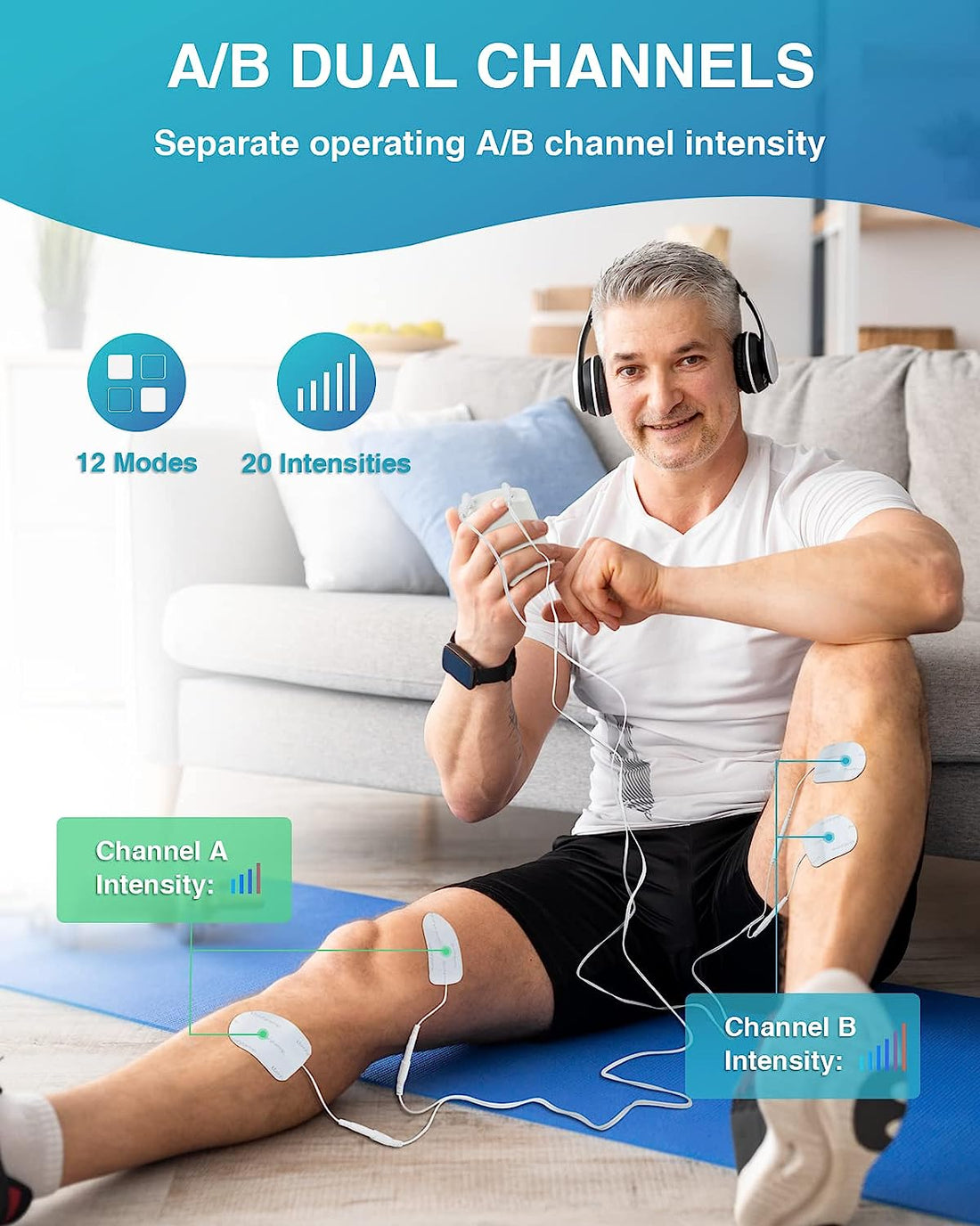How to quickly restore normal thigh muscle atrophy

Thigh muscle atrophy can occur due to various reasons such as injury, illness, or lack of physical activity. It can lead to weakness, limited mobility, and even pain. But fear not, there are ways to quickly restore normal thigh muscle mass and strength.
What causes thigh muscle atrophy?
Thigh muscle atrophy can be caused by prolonged immobilization, aging, malnutrition, or certain medical conditions. When the muscles are not used regularly, they can weaken and decrease in size.
How to quickly restore normal thigh muscle atrophy?
1. **Strength Training:** Engaging in resistance exercises like squats, lunges, and leg presses can help rebuild muscle mass in the thighs. Start with light weights and gradually increase the resistance as your muscles get stronger.
2. **Protein-Rich Diet:** Consuming an adequate amount of protein is essential for muscle recovery and growth. Include lean sources of protein such as chicken, fish, eggs, and legumes in your diet.
3. **Physical Therapy:** Working with a physical therapist can help you design a customized rehabilitation program to target the specific muscles in your thighs and improve strength and flexibility.
4. **Cardiovascular Exercise:** Incorporating cardio workouts like cycling, swimming, or brisk walking can improve blood flow to the muscles and aid in the recovery process.
5. **Stay Hydrated:** Drinking enough water is crucial for muscle function and recovery. Dehydration can lead to muscle cramps and hinder the rebuilding process.
Preventing thigh muscle atrophy in the future
Once you have restored normal thigh muscle mass, it's important to maintain it to prevent future atrophy. Regular exercise, a balanced diet, and staying active can help keep your thigh muscles strong and healthy.
Remember, consistency is key when it comes to rebuilding muscle mass. Be patient with the process and listen to your body to avoid overexertion. Consult with a healthcare professional or a fitness expert before starting any new exercise regimen, especially if you have underlying health conditions.




